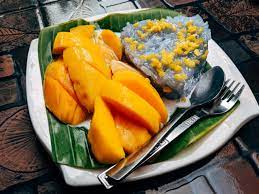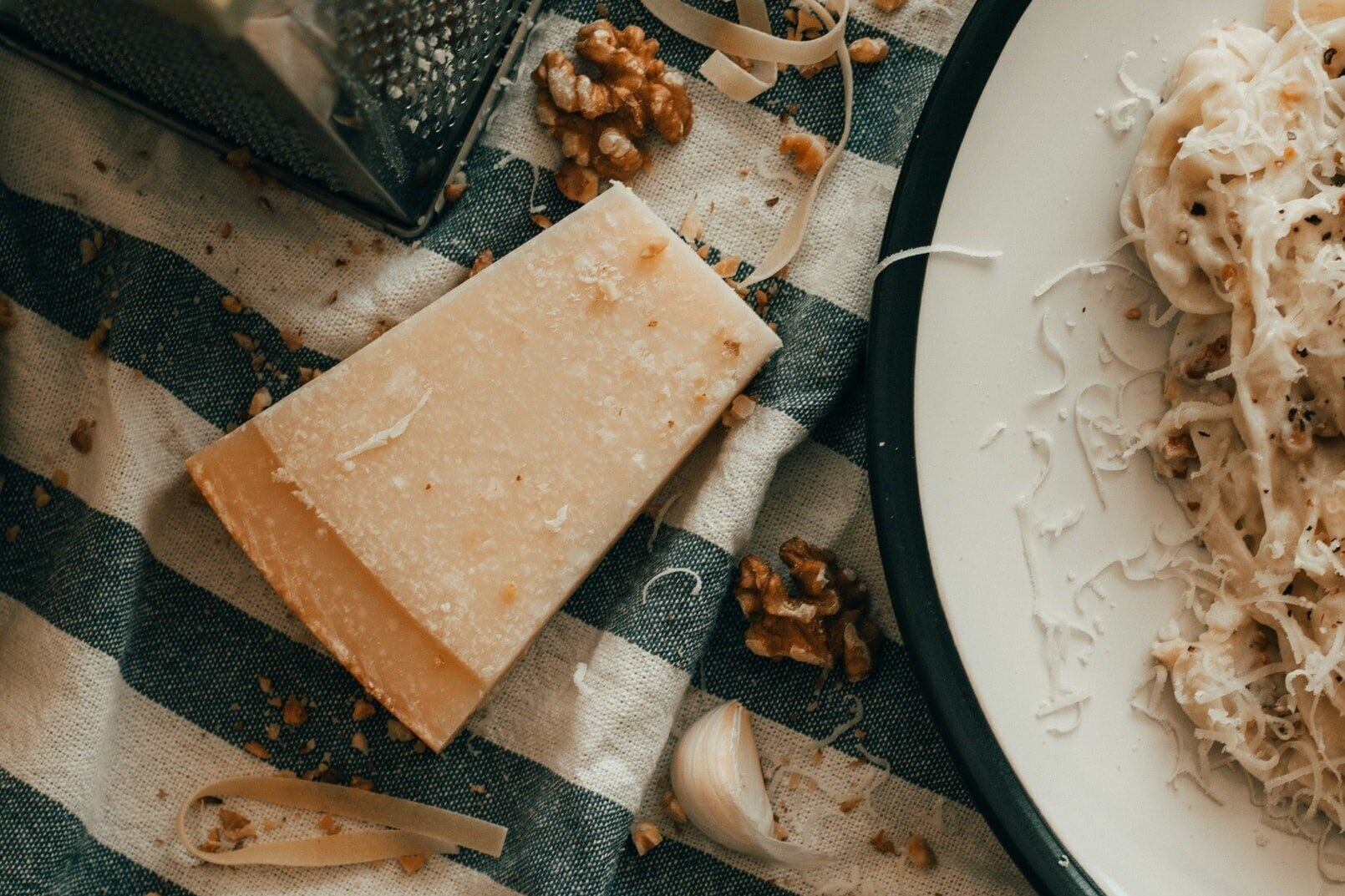Is Mango Sticky Rice Served Hot or Cold?
Mango sticky rice is a popular Thai dessert known for its unique blend of flavors and textures. As its name suggests, the dish typically consists of ripe mangoes served alongside sticky rice. However, one common question that arises among enthusiasts and newcomers alike is whether mango sticky rice is traditionally served hot or cold. In this article, we will delve into this query and shed light on the different serving methods of this delightful treat.
1. Origins of Mango Sticky Rice:

Origins of Mango Sticky Rice
Before discussing the serving temperature, it's important to understand the origins of mango sticky rice. This delectable dessert is believed to have originated in Thailand, where mangoes and sticky rice are abundant. Thai cuisine often combines sweet and savory flavors, making mango sticky rice a perfect representation of the country's culinary traditions.
2. Traditional Preparation:

Traditional Preparation
In Thailand, mango sticky rice is traditionally served at room temperature. The sticky rice, also known as glutinous rice, is cooked until tender and flavored with coconut milk and a pinch of salt. The rice is then shaped into small portions and topped with ripe mango slices. This version of the dish highlights the contrast between the warm, fragrant rice and the cool, sweet mango.
3.Hot Mango Sticky Rice:
While the traditional serving method involves room temperature rice, there are variations that incorporate warm sticky rice. Some chefs choose to serve mango sticky rice with freshly cooked and steaming hot rice. This creates a comforting experience, especially during colder seasons or for those who prefer warm desserts. The heat from the rice also helps to release the natural aroma of the mangoes.
4. Cold Mango Sticky Rice:
On the other end of the spectrum, cold mango sticky rice is gaining popularity, especially in warmer climates or during the summer months. In this version, the cooked sticky rice is chilled before being served. The cold rice provides a refreshing contrast to the juicy, ripe mangoes, making it a perfect treat for cooling down on a hot day.
5. Personal Preferences:
Ultimately, whether you prefer your mango sticky rice hot or cold depends on personal taste. Some individuals enjoy the traditional room temperature version, appreciating the interplay of textures and flavors. Others might prefer the comforting warmth of hot sticky rice, while some find solace in the refreshing chill of the cold version. Experimenting with both options is the best way to discover which serving temperature suits your palate.
In conclusion, mango sticky rice can be served hot, cold, or at room temperature, depending on personal preference and regional variations. The traditional Thai method involves serving it at room temperature to showcase the contrast between warm sticky rice and cool, ripe mangoes. However, some chefs and enthusiasts opt for hot sticky rice for a comforting experience, while others prefer the refreshing chill of cold mango sticky rice. The beauty of this dessert lies in its versatility, allowing you to enjoy it in the way that best suits your taste and the prevailing climate.